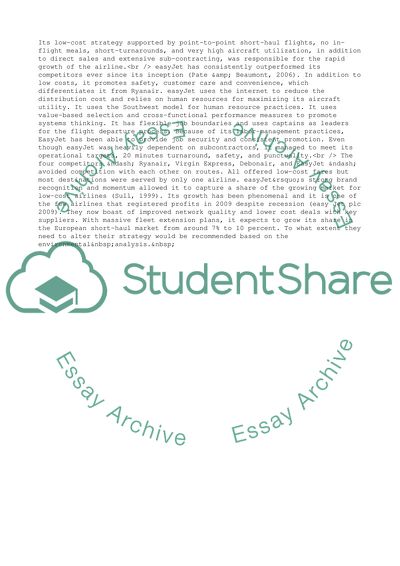Cite this document
(The European Airline Industry Term Paper Example | Topics and Well Written Essays - 2000 words, n.d.)
The European Airline Industry Term Paper Example | Topics and Well Written Essays - 2000 words. Retrieved from https://studentshare.org/business/1746158-tourism-hospitality-promotion
The European Airline Industry Term Paper Example | Topics and Well Written Essays - 2000 words. Retrieved from https://studentshare.org/business/1746158-tourism-hospitality-promotion
(The European Airline Industry Term Paper Example | Topics and Well Written Essays - 2000 Words)
The European Airline Industry Term Paper Example | Topics and Well Written Essays - 2000 Words. https://studentshare.org/business/1746158-tourism-hospitality-promotion.
The European Airline Industry Term Paper Example | Topics and Well Written Essays - 2000 Words. https://studentshare.org/business/1746158-tourism-hospitality-promotion.
“The European Airline Industry Term Paper Example | Topics and Well Written Essays - 2000 Words”. https://studentshare.org/business/1746158-tourism-hospitality-promotion.


